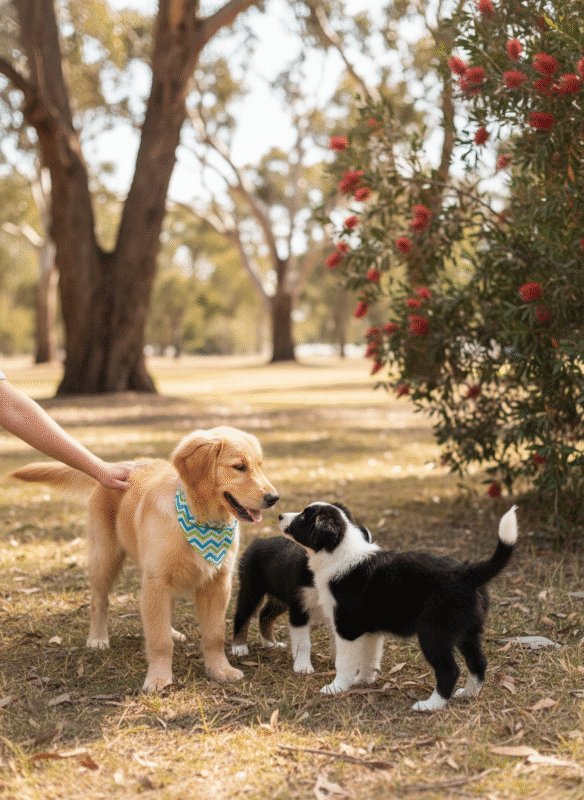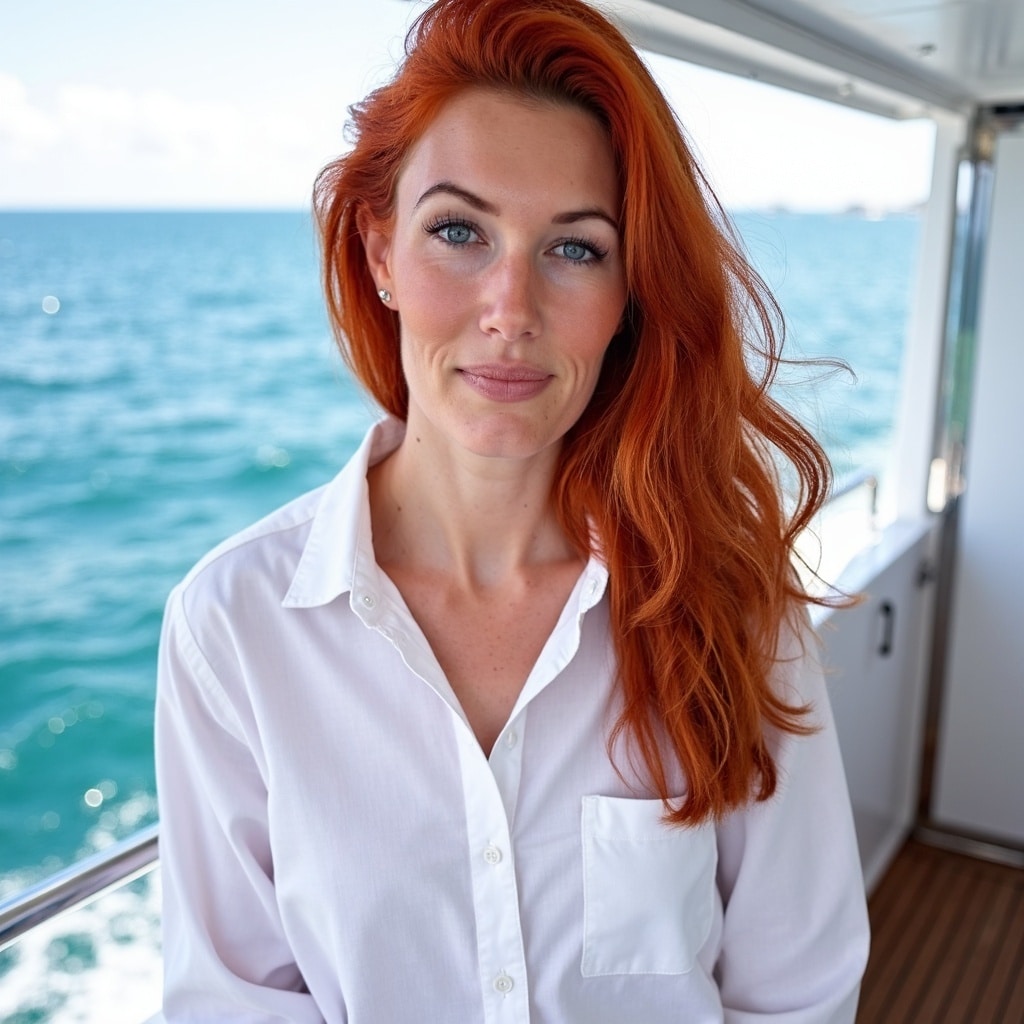Puppy Guide
Puppy Socialisation in Australia: A Real-World Guide for the First Year
Puppy Socialisation in Australia: A Real-World Guide for the First Year
Why the First Year Matters More Than You Think
In Australia, puppies face a unique mix of environmental and social challenges — from noisy construction zones to kangaroos hopping past suburban fences. The first year isn’t just about cute moments and basic training. It’s about shaping how your dog sees the world.
Miss the early window (3–14 weeks), and you might be dealing with a dog that fears skateboards, strangers, or storms for life. Hit it right, and you’ll raise a confident companion who thrives in Aussie parks, beaches, and backyards.
Developmental Milestones: What to Expect and When
- Neonatal (0–2 weeks): Eyes closed, ears sealed. Your job? Let mum do her thing.
- Transitional (2–4 weeks): Eyes open, wobbly steps. Gentle handling starts here.
- Primary Socialisation (3–14 weeks): The golden window. Introduce sounds, surfaces, people, and safe animals.
- Juvenile (14 weeks–6 months): Caution creeps in. Keep socialising, but go slow during fear periods.
- Adolescence (6–18 months): Testing boundaries. Reinforce good behaviour and stay consistent.
Australian twist: Think heatwaves, possums, BBQs, and beach days. Your puppy needs exposure to all of it — safely and positively.
Safe Socialisation: What You Can Do (Even Before Vaccinations)
Yes, you can start early — even before full vaccinations. Here’s how:
- 6–12 weeks: Home-based exposure — different textures, sounds, and gentle handling.
- 10–16 weeks: Puppy classes, carry outings, and visits to vaccinated friends’ yards.
- 16+ weeks: Parks, dog beaches, markets, and group training sessions.
Use treats, praise, and choice. Let your puppy approach new things at their own pace. Always offer a retreat option.
Fear Periods: What They Are and How to Handle Them
Suddenly scared of the bin? Welcome to the first fear period (8–11 weeks). It’s normal. Don’t force interactions. Comfort, distance, and positive reinforcement are your tools.
The second fear period (6–14 months) is trickier. Adolescents get weird. Stay patient. Keep exposing them gently. If fear sticks, consult a trainer.
Keep It Going: Socialisation Doesn’t Stop at 14 Weeks
Socialisation is a year-long project. Here’s a rough roadmap:
- Months 4–6: New neighbourhoods, busy parks, supervised dog play.
- Months 6–9: Crowds, public transport, seasonal changes.
- Months 9–12: Advanced training, independence, full family integration.
Watch for regression triggers like illness, trauma, or routine changes. Keep exposure regular and positive.
Confidence and Resilience: The Endgame
Want a dog that handles storms, strangers, and surf? Build confidence through:
- Obstacle courses and agility basics
- Puzzle toys and problem-solving games
- Solo time and independence practice
- Exposure to wildlife, travel, and unpredictable environments
Resilience isn’t just genetic. It’s trained — through recovery practice, adaptability, and emotional regulation.
Final Takeaways
Socialisation isn’t a checklist. It’s a mindset. Quality beats quantity. A few great experiences trump dozens of neutral ones.
Every puppy is different. Some charge into the world. Others need coaxing. Your job is to guide, not push.
The effort you put in now shapes the dog you’ll live with for the next decade. Make it count.


